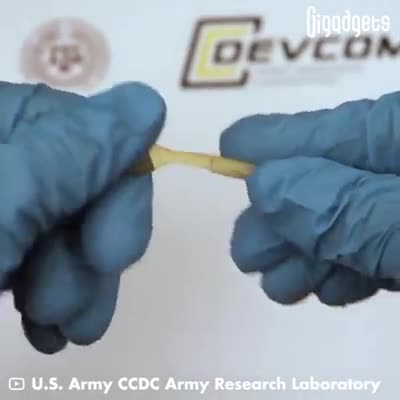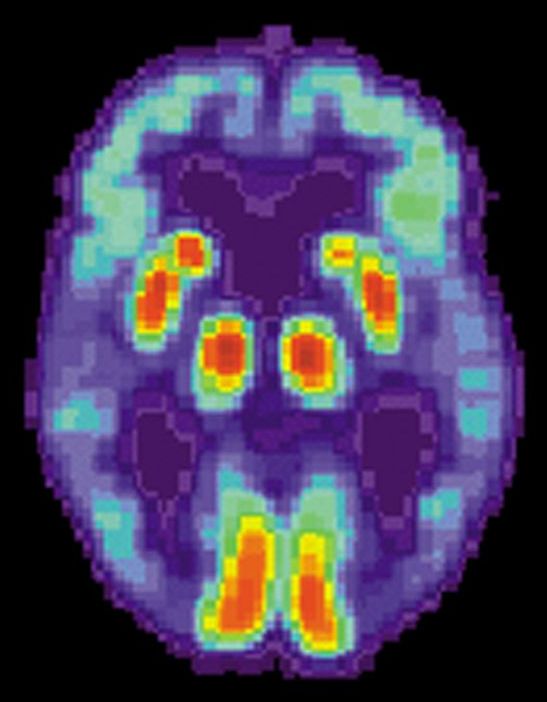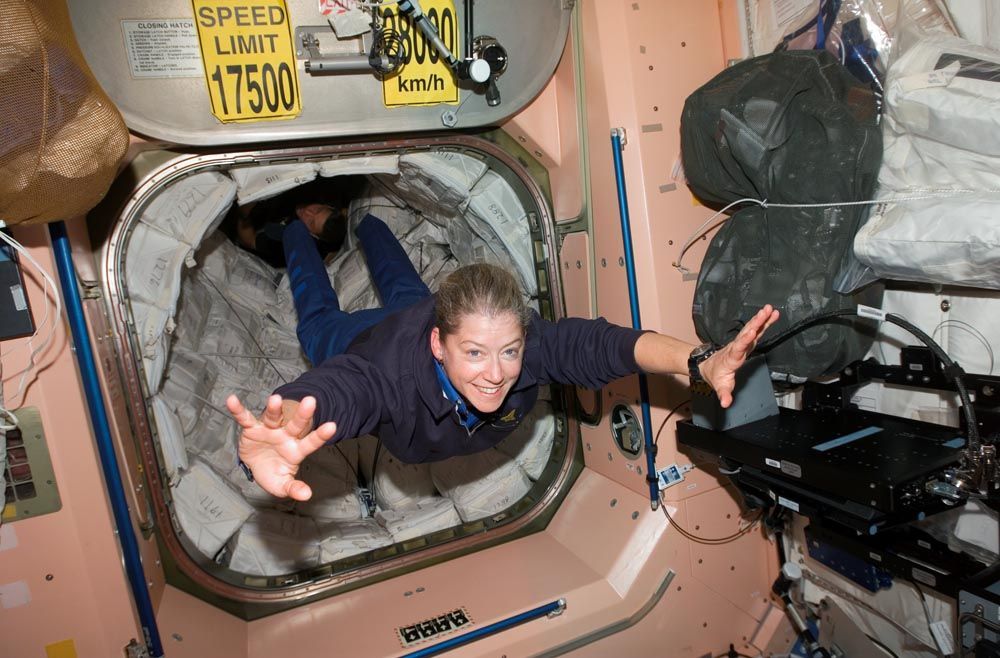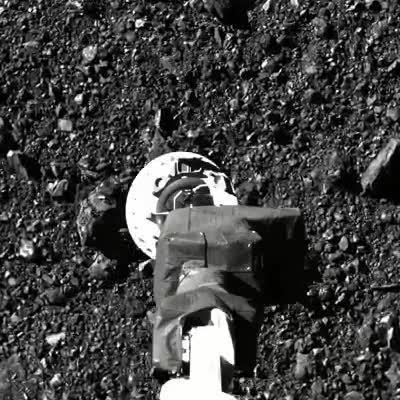Self healing material is being developed for prosthetic limbs.
This material can help us make self-healing prosthetic limbs in the future.

OneSkin Technologies is a longevity company started by a team of incredible female PHDs and entrepreneurs, who have been using cutting edge technology to identify the senescent cells that cause your skin to age.
⠀⠀⠀
Discover how they use key peptide molecules to eliminate those senescent cells, making you look and feel 10 years younger.
Subscribe for Peter’s latest tech insights & updates: https://www.diamandis.com/subscribe

Using the Crispr gene-editing technique that won a recent Nobel Prize, Crispr Therapeutics cleared blood cancers in patients with off-the-shelf immune cells. These so-called CAR-T therapies previously required a patient’s own cells.
In a Wednesday morning announcement, Crispr Therapeutics (ticker: CRSP) said that its gene-editing let doctors use cells from healthy donors—opening up prospects for broadly available, less-expensive use of CAR-T treatment.
In the Phase 1 trial, the lymphoma blood cancer in four of 11 patients responded completely to infusions of T cells whose genes were altered to target the cancer and prevent transplant rejection. Standard treatments had failed all participants. In patients that got higher doses, the complete responses have lasted for months.

Our immune system’s capacity to mount a well-regulated defense against foreign substances, including toxins, weakens with age and makes vaccines less effective in people over age 65. At the same time, research has shown that immunotherapy targeting neurotoxic forms of the peptide amyloid beta (oligomeric Aβ) may halt the progression of Alzheimer’s disease, the most common age-related neurodegenerative disease.
A team led by Chuanhai Cao, Ph.D., of the University of South Florida Health (USF Health), has focused on overcoming, in those with impaired immunity, excess inflammation and other complications that interfere with development of a therapeutic Alzheimer’s vaccine.
Now, a preclinical study by Dr. Cao and colleagues indicates that an antigen-presenting dendritic vaccine with a specific antibody response to oligomeric Aβ may be safer and offer clinical benefit in treating Alzheimer’s disease. The vaccine, called E22W42 DC, uses immune cells known as dendritic cells (DC) loaded with a modified Aβ peptide as the antigen.
Suddenly, a billion miles doesn’t seem so far.
Experts say the right kind of propulsion system could carry spacecraft to Saturn in just two years. The direct fusion drive (DFD), a concept being developed by Princeton Plasma Physics Laboratory, would make extremely fast work of the nearly billion miles between Earth and Saturn.
🌌You like our badass universe. So do we. Let’s explore it together.

Tune in to “The Virtual Astronaut” talk with Melroy on Oct. 24!
One of the greatest legacies of the International Space Station is the diversity it brought to the astronaut corps, former space shuttle commander Pam Melroy will discuss with a virtual audience Saturday (Oct. 24).
Melroy, a three-time retired spaceflyer and former U.S. Air Force test pilot, will speak about her experiences in space as part of the Virtual Astronaut series, and you can buy tickets here.

New technology could deliver “clean, limitless, low-voltage power for small devices”.
The rippling thermal motion of a tiny piece of graphene has been harnessed by a special circuit that delivers low-voltage electrical energy. The system was created by researchers in US and Spain, who say that if it could be duplicated enough times on a chip, it could deliver “clean, limitless, low-voltage power for small devices”.
Brownian motion is the random movement of a tiny particle that is buffeted by atoms or molecules in a liquid or gas – and the idea of harnessing this motion to do useful work has a long and chequered history. In the early 1960s, the Nobel laureate Richard Feynman popularized a thought experiment known as the “Brownian ratchet”, which had been conceived in 1912 by the Polish physicist Marian Smoluchowski. This involves a paddle wheel that is connected by an axle to a ratcheted gear. Both the paddle wheel and the ratchet are immersed in fluids. The system is imagined as being small enough so that the impact of a single molecule is sufficient to turn the paddle. Because of the ratchet, the paddle can only turn in one direction and therefore it appears that the Brownian motion of the paddle can be harnessed to do the work of turning the axle.
However, Feynman showed that if the two fluids were at the same temperature, collisions throughout the system would prevent this from happening. The only way work could be done, argued Feynman, is if the fluids are a different temperature, making the Brownian ratchet a heat engine.

We came. We saw. And we tagged. 👉 ☄️ Watch as OSIRISREx briefly touches the surface of asteroid Bennu during NASA’s first asteroid sample collection attempt. More: https://go.nasa.gov/2Hn0Giz # ToBennuAndBack.

WASHINGTON (AP) — Drugmaker Purdue Pharma, the company behind the powerful prescription painkiller OxyContin that experts say helped touch off an opioid epidemic, will plead guilty to federal criminal charges as part of a settlement of more than $8 billion, the Justice Department announced Wednesday.
The deal does not release any of the company’s executives or owners — members of the wealthy Sackler family — from criminal liability, and a criminal investigation is ongoing. Family members said they acted “ethically and lawfully,” but some state attorneys general said the agreement fails to hold the Sacklers accountable.
The company will plead guilty to three counts, including conspiracy to defraud the United States and violating federal anti-kickback laws, the officials said, and the agreement will be detailed in a bankruptcy court filing in federal court.